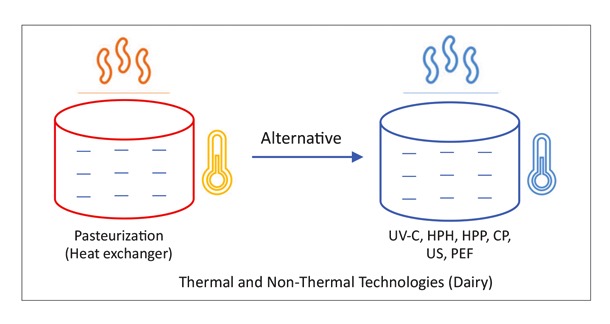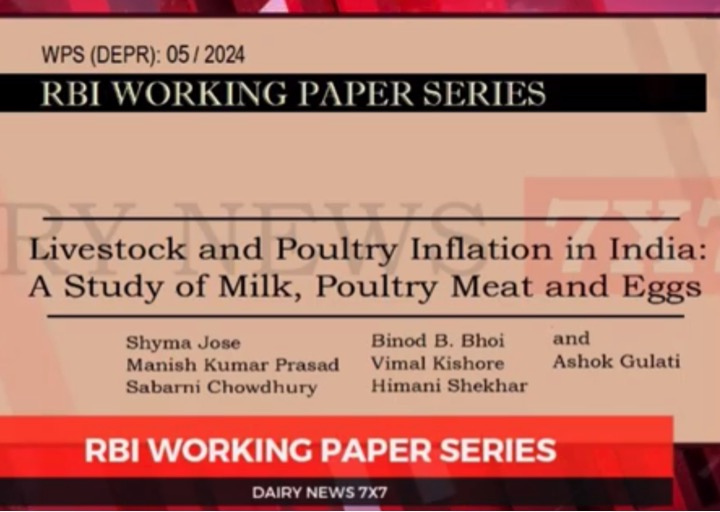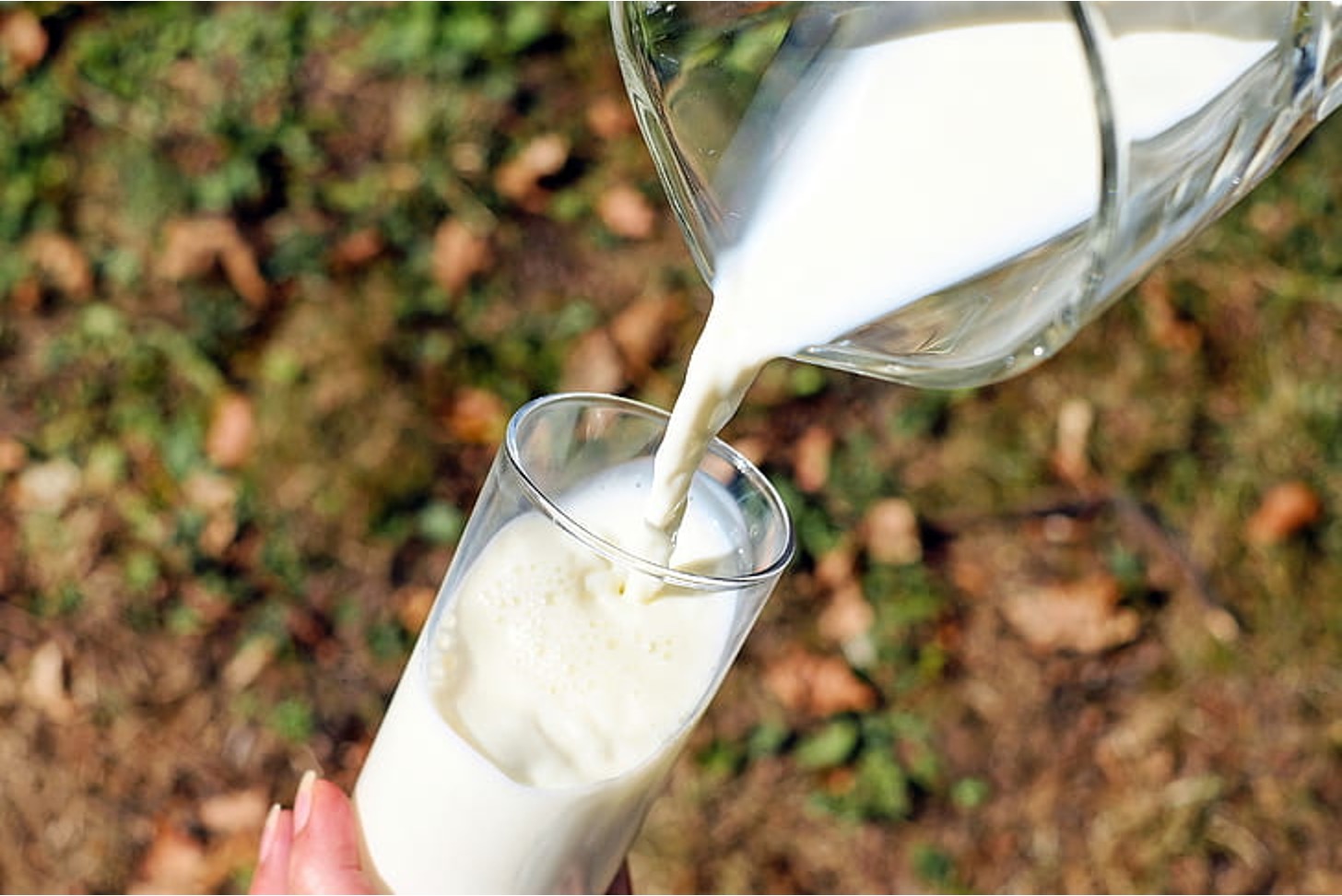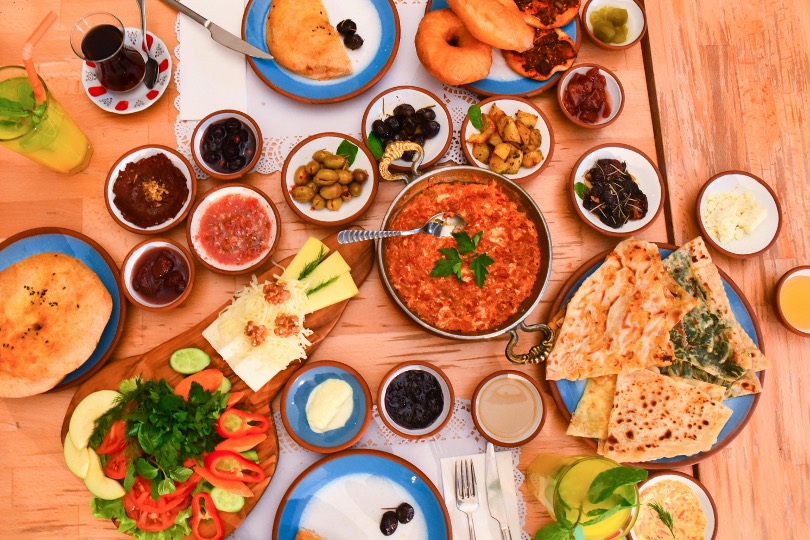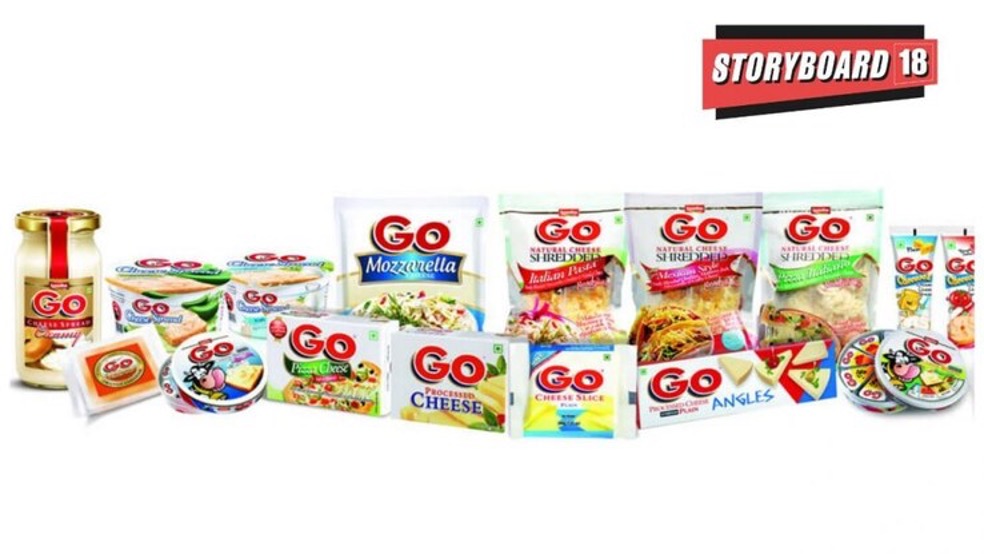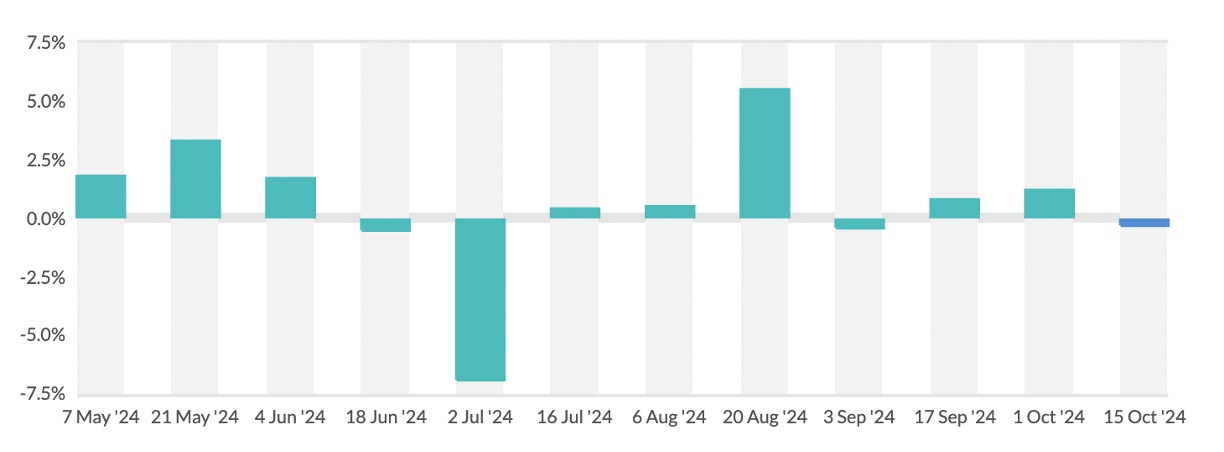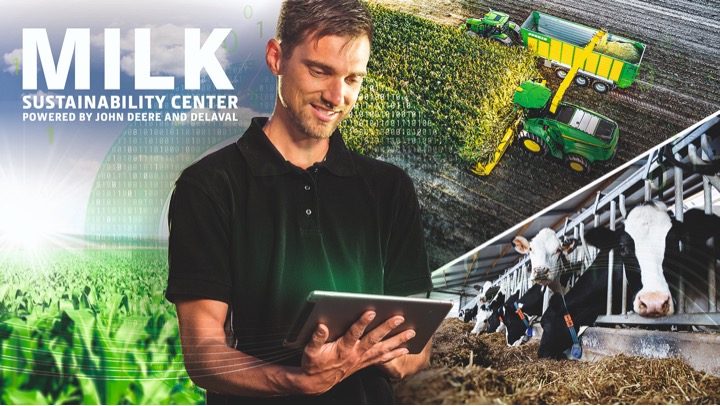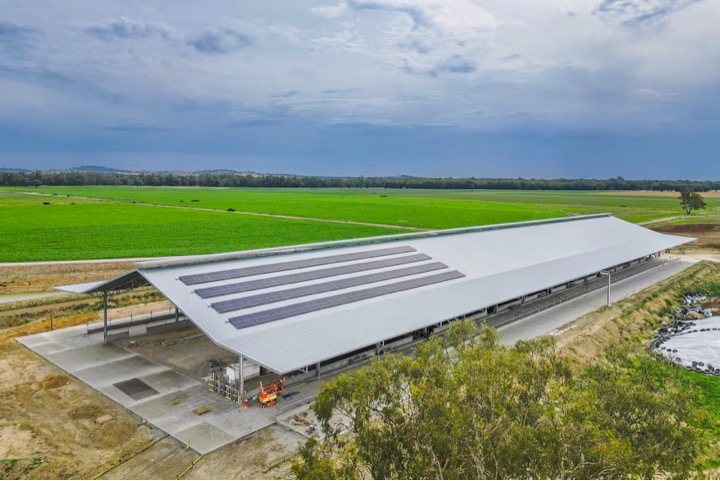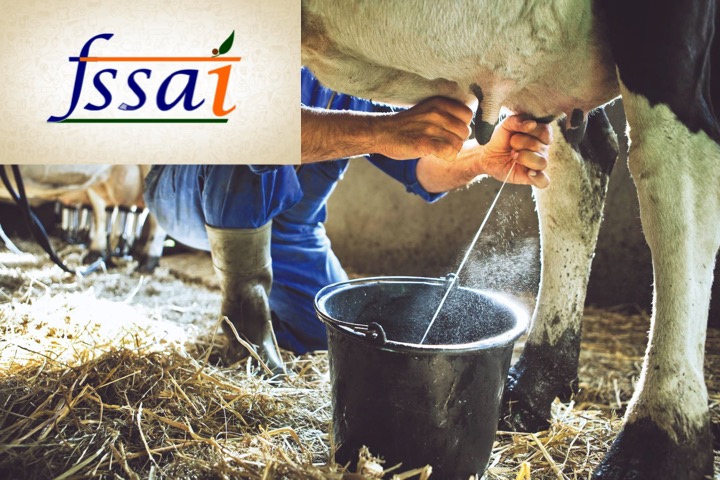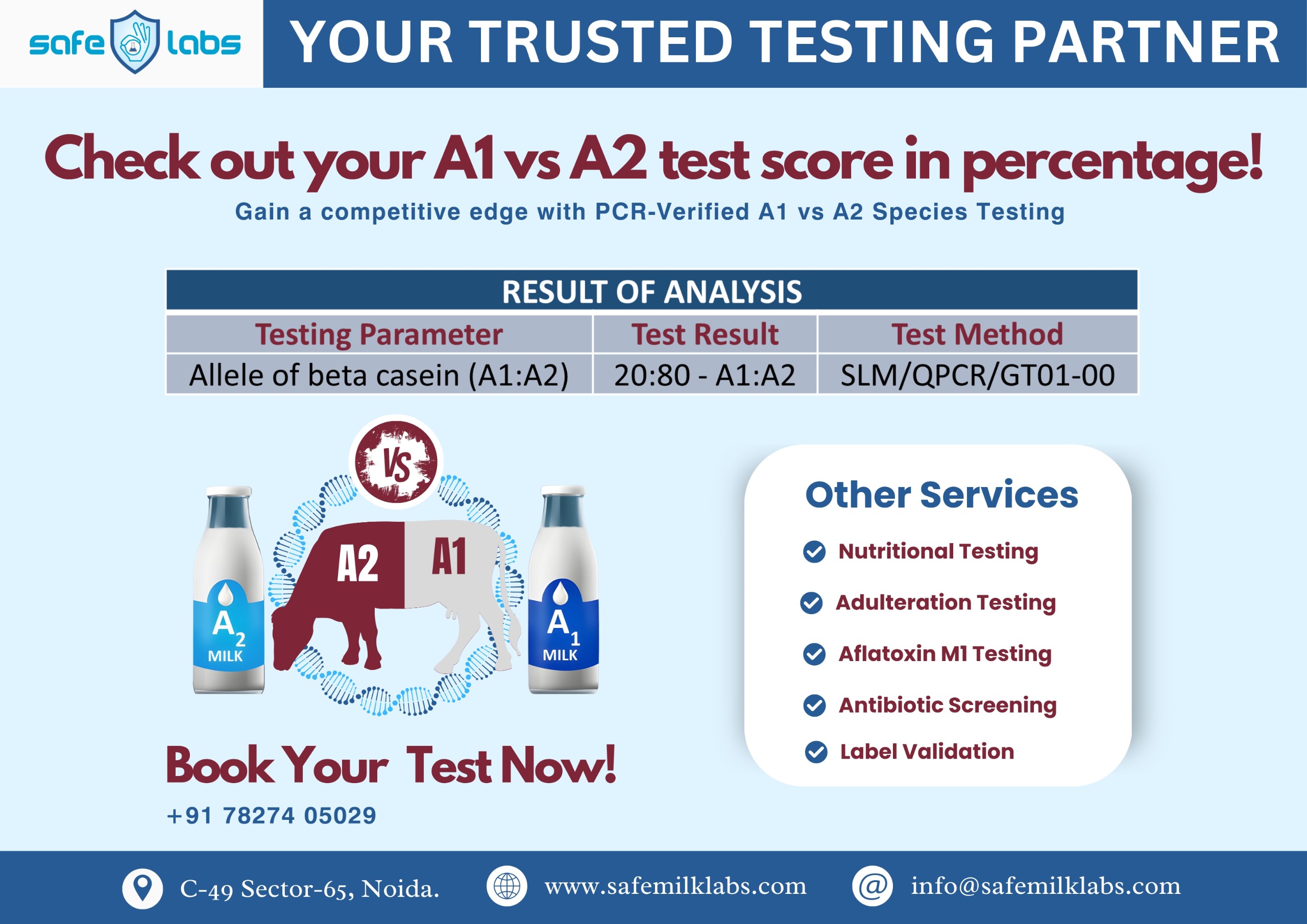Drivers:
Shift in Consumer’s Lifestyle and Growing Demand from Various End Use Industries
The non-thermal pasteurization market is experiencing a significant shift driven by changes in consumer lifestyles and growing demand from various end-use industries. Consumers are increasingly health-conscious, seeking minimally processed and nutrient-dense foods. Non-thermal pasteurization methods, which retain the nutritional content and flavor of products, align with this lifestyle shift. The clean label movement, emphasizing simple and natural ingredients, is prompting manufacturers to use non-thermal pasteurization to achieve a cleaner ingredient list and meet consumer demands for transparency. Moreover, the demand for convenience foods and ready-to-eat meals is growing. Non-thermal pasteurization ensures the safety and shelf life of these products without compromising taste and texture. Thus, the market is expected to witness significant growth over the forecast period.
Ongoing Research and Development Activities and Growing Awareness of Food Safety
The non-thermal pasteurization market is experiencing a wave of transformation driven by a deepened understanding of food safety, innovation in technology, and a consumer base that seeks minimally processed, safe, and nutritious products. As research continues to advance and new technologies are developed, the non-thermal pasteurization market is poised to play an instrumental role in shaping the future of the food and beverage industry. Growing consumer education initiatives are shedding light on the advantages of non-thermal pasteurization in preserving the nutritional value and sensory quality of foods. Informed consumers are increasingly seeking products processed with these methods. Thus, the market is expected to witness significant growth over the forecast period.
Restraints :
High Capital Investment and Misinformation Leading to Additional Regulatory Steps for Labelling Irradiated Food
Non-thermal pasteurization methods often require substantial capital investment in specialized equipment and technology. The high upfront costs associated with acquiring and implementing these technologies can deter some food and beverage manufacturers, particularly small and medium-sized enterprises (SMEs), from adopting non-thermal pasteurization solutions. This capital-intensive nature of the technology can be a significant barrier to entry and expansion. Thus, the growth of the market is expected to slow down over the forecast period.
Segmental Analysis :
High-Pressure Processing (HPP) is Expected to Witness Significant Growth Over the Forecast Period
High-pressure processing (HPP) is a notable non-thermal pasteurization method that has gained prominence in the food and beverage industry. Unlike traditional pasteurization methods that use heat to eliminate harmful microorganisms and enzymes, HPP employs pressure to achieve the same objectives. The high pressure used in HPP disrupts the cellular structures of microorganisms, including bacteria, molds, and yeasts, rendering them inactive. Enzyme activity is also inhibited, which extends the shelf life of products. HPP does not expose food to high temperatures, preserving the nutritional content, color, taste, and texture of products. This is especially important for heat-sensitive substances. Thus, the segment is expected to witness significant growth over the forecast period.
Food and Beverages is Expected to Witness Significant Growth Over the Forecast Period
High-pressure processing (HPP) has become a pivotal technology in the food and beverage industry due to its numerous advantages in preserving and enhancing the quality and safety of a wide range of products. : HPP effectively eliminates harmful microorganisms, making juices and beverages safer for consumption without the need for heat pasteurization, which can degrade flavor and nutritional content. Thus, the segment is expected to witness significant growth over the forecast period.
North America Region is Expected to Witness Significant Growth Over the Forecast Period
North America is a significant and dynamic market for non-thermal pasteurization, driven by several factors that are shaping the growth and adoption of these technologies in the region. North American consumers are increasingly seeking fresh and minimally processed foods with natural flavors and nutrients intact. Non-thermal pasteurization methods, such as high-pressure processing (HPP), enable food products to maintain their freshness and nutritional value, meeting consumer demands.
The region’s stringent food safety regulations and the growing importance of clean label products are driving the adoption of non-thermal pasteurization methods. Consumers are becoming more conscious of the ingredients in their food, leading to the demand for products processed with non-thermal techniques that do not involve chemical preservatives. Thus, the region is expected to witness significant growth over the forecast period.
Non-thermal Pasteurization in Dairy Market Competitive Landscape:
The nonthermal pasteurization market competitive landscape provides details by competitor. Some of the major players operating in the nonthermal pasteurization market are:
- Marel (Iceland)
- GEA Group (Germany)
- Bühler (Switzerland)
- JBT (U.S.)
- The Middleby Corporation (U.S.)
- Heat and Control, Inc. (U.S.)
- Alfa Laval (Sweden)
- TNA Australia Pty Ltd. (Australia)
- Bucher Industries (Switzerland)
- Equipamientos CárnicosS.L (Spain)
- Clextral (France)
- SPX FLOW (U.S.)


